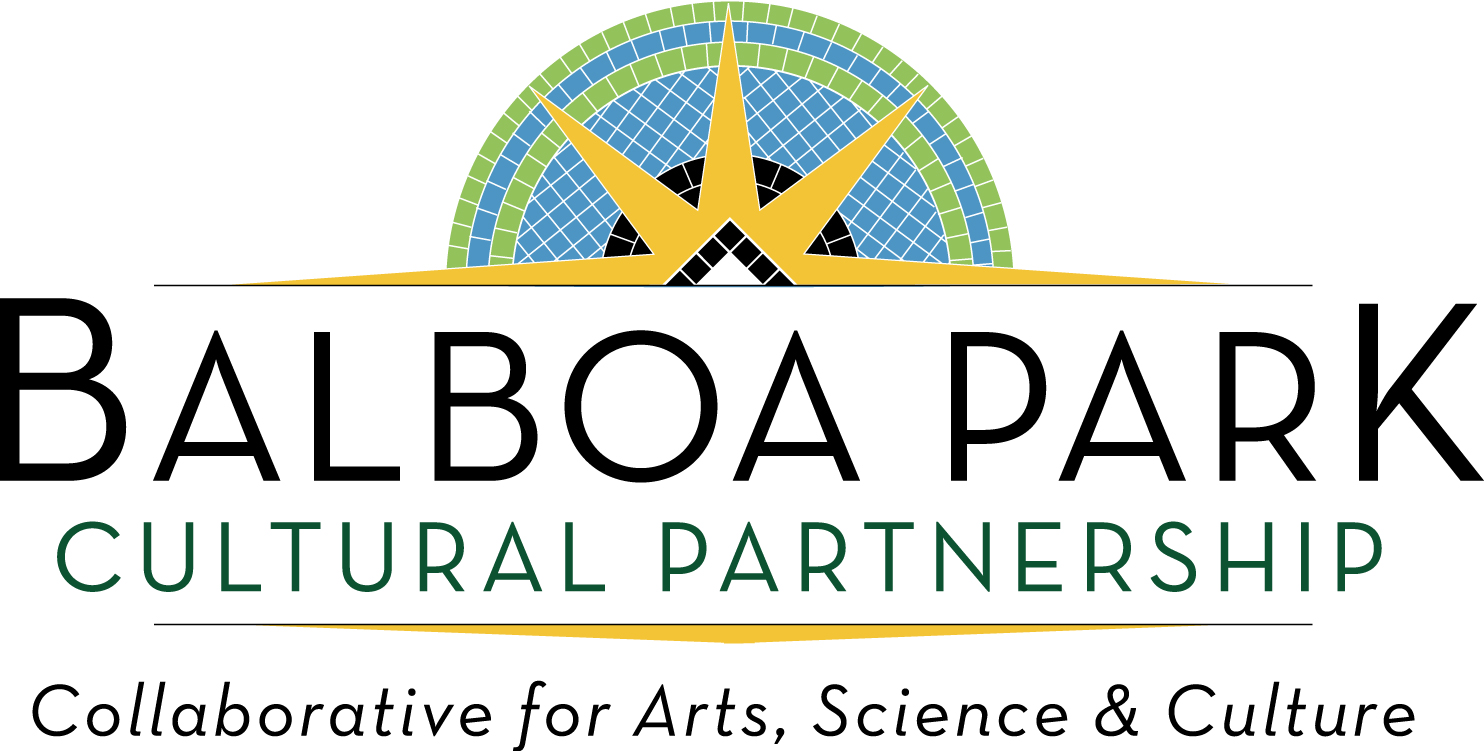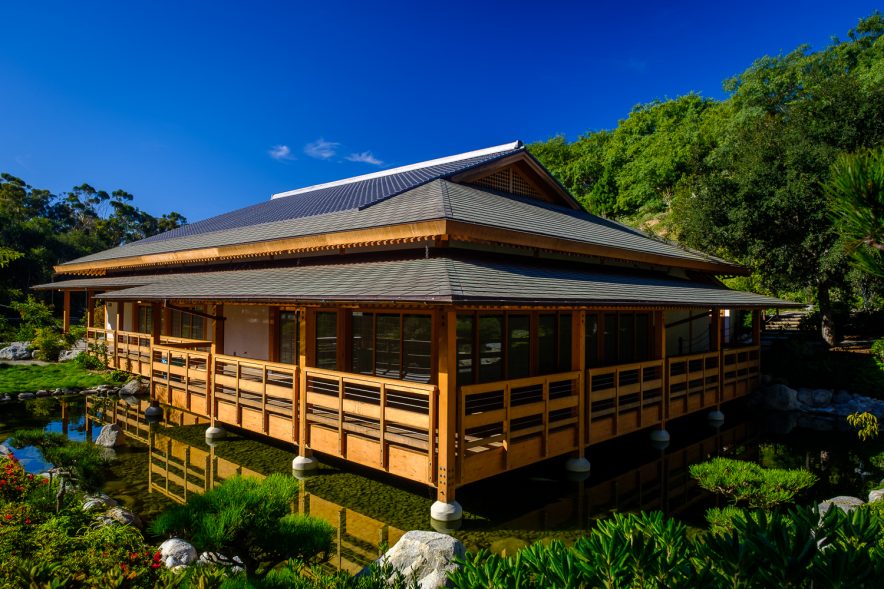In 2016, the Japanese Friendship Garden’s Inamori Pavilion earned the distinction of becoming the first project in Balboa Park to be certified under the LEED New Construction program. The elegant structure, designed by Kotaro Nakamura, is an illustration of the Japanese Friendship Garden’s commitment to harmoniously balancing nature and man-made structures.
The Japanese Friendship Garden was first opened in 1991, but the presence of Japanese culture in Balboa Park dates back to the 1915 Panama-California Exposition. A Japanese teahouse and garden were located by the Botanical Building for the 1915 Panama-California Exposition and remained until dismantled in 1955 to make room for the Childrens’ Zoo. Plans for a new Japanese garden in Balboa Park began to formulate that same year, but the first phase of today’s Japanese Friendship Garden did not open until 1991. The second phase opened in 1999 and added the Exhibit Hall, Activity Center, and Koi Pond. The third phase, completed in 2015, included 9 additional acres comprised of a 200 cherry tree grove, large azalea and camellia garden, a water feature reminiscent of the San Diego watershed, and the state of the art Inamori Pavilion.
The Garden’s design is based on centuries-old Japanese techniques adapted to San Diego’s climate and florae and seeks to foster a relationship between humans and nature. The LEED (Leadership in Energy and Environmental Design) certified Inamori Pavilion exemplifies this tradition. When plans for the pavilion were being developed, architects included design elements that helped increase occupant health, conserve energy and water, and minimize greenhouse gas emissions. Examples of these design elements include:
- Large openings, deep overhangs, raised floors, vented roofs, and high ceilings to keep air moving, remove moisture, and to prevent heat buildup
- Hip-gable roof designed to have large vent openings to naturally ventilate the space
- Roof sheathing is copper shingles and clay tiles, as they are long-lasting and fireproof
- Interior finishes are low in volatile organic compounds, high in recycled content, and are produced regionally where possible
- LED lighting
These features helped cut energy usage by 30% and water consumption by over 50% compared to current building standards. The sustainability features don’t end there; the Japanese Friendship garden also incorporates garden design elements like “karesansui,” which conserves water by using dry elements like rocks to emulate streams or waterfalls. Additionally:
- 50% or more of green waste is composted on-site
- Energy is saved by operating the stream and pond water system for only 12 hours a day
- Recycling bins have been paired with trash bins along the walkways to increase waste diversion
- A beehive is maintained on-site to improve pollination throughout the garden and Park
- The Garden participates in The Good Traveler program so visitors can purchase low-cost carbon offsets to mitigate the environmental footprint of their travel to Balboa Park
Next time you visit the Japanese Friendship Garden take a leisurely stroll down to the Inamori Pavilion at the base of the garden canyon and revel in the views from the deck of the cascading waterfall and gently swimming koi. The Garden is a wonderful place to enjoy a peaceful retreat from the hustle and bustle of everyday life, and thanks to their sustainability efforts, we can all enjoy the direct and indirect benefits from the garden’s small environmental footprint and carbon-sequestering plant life.

